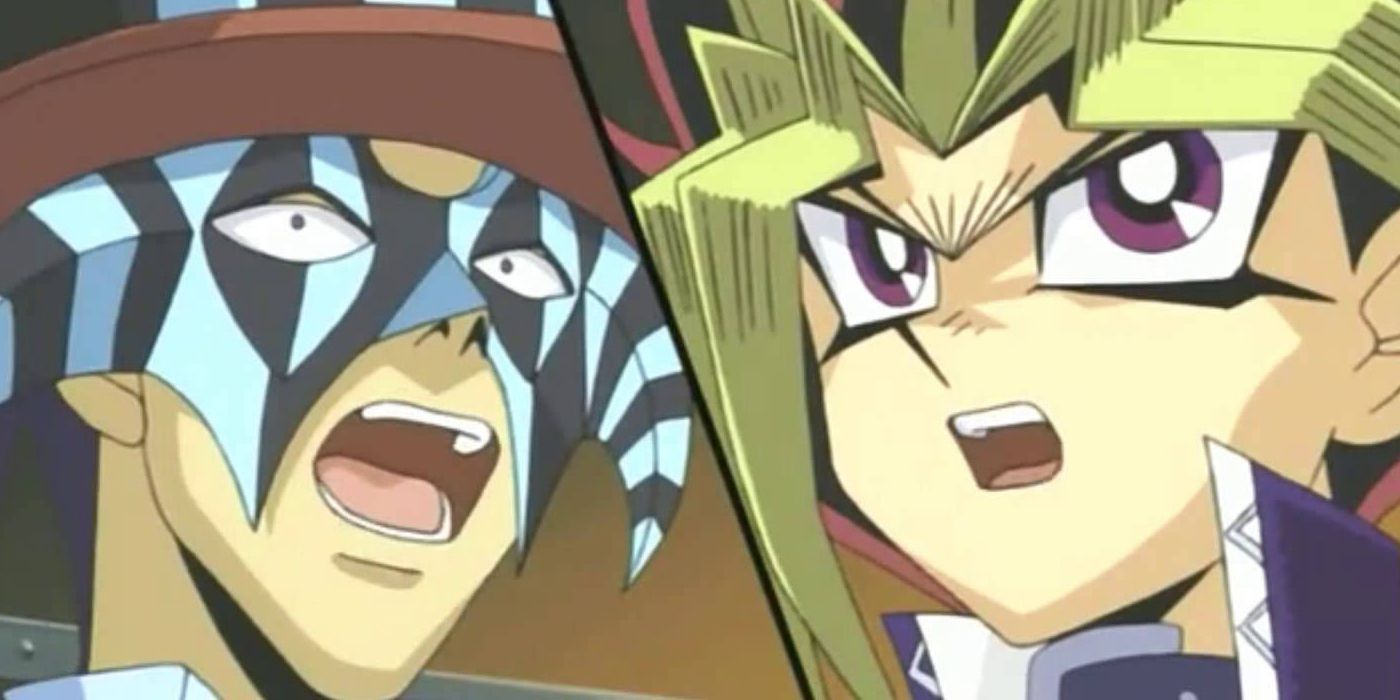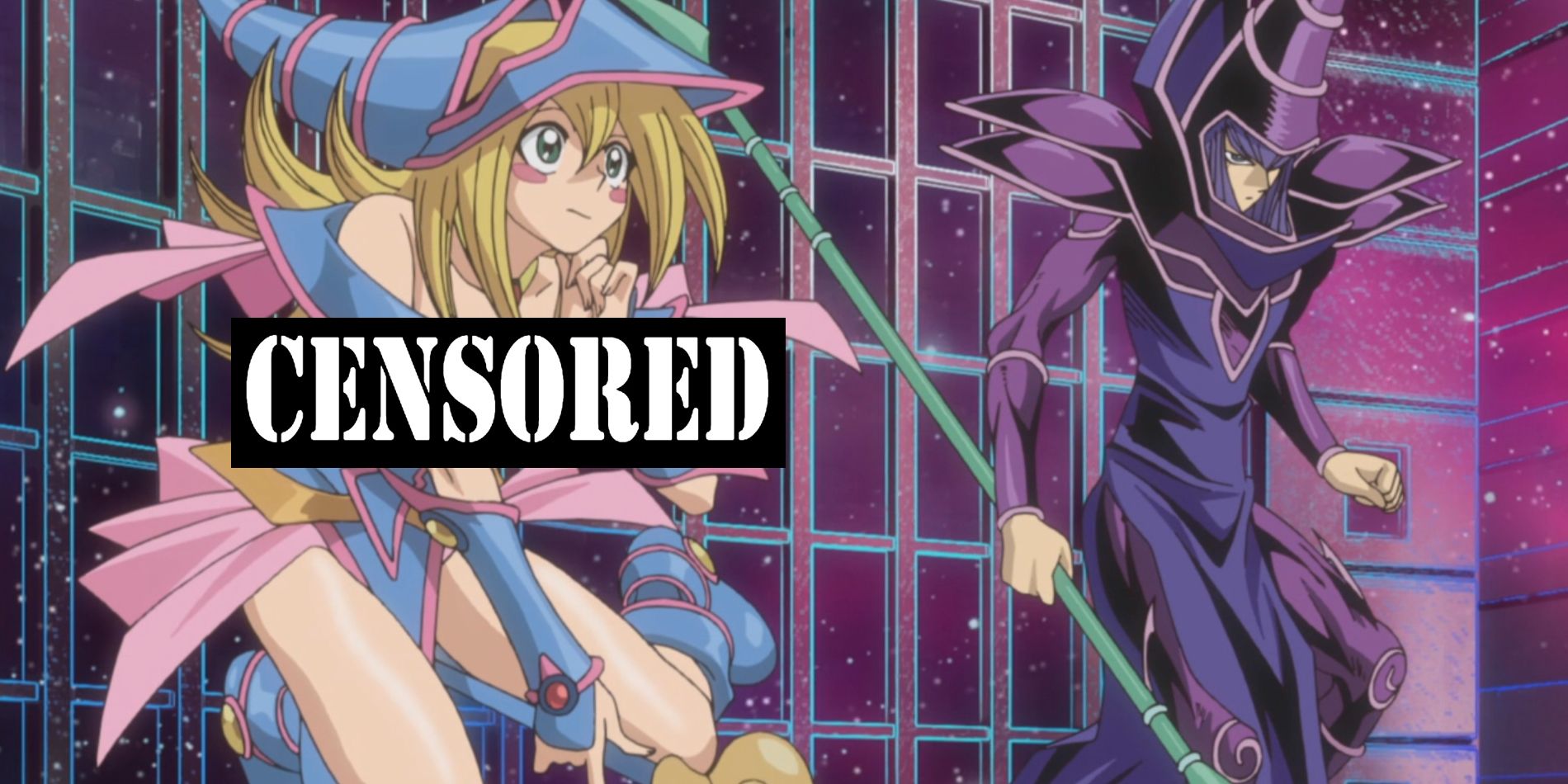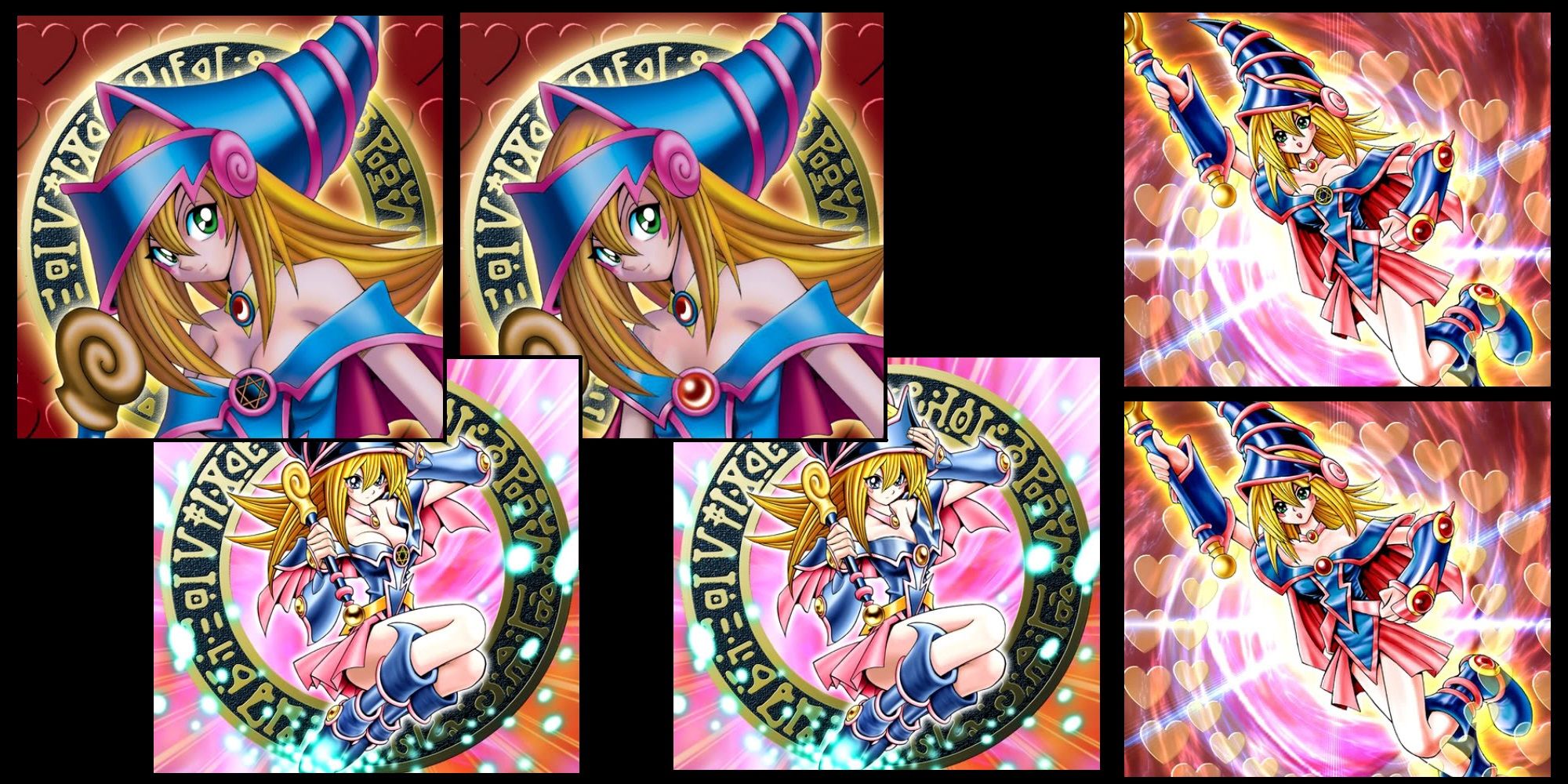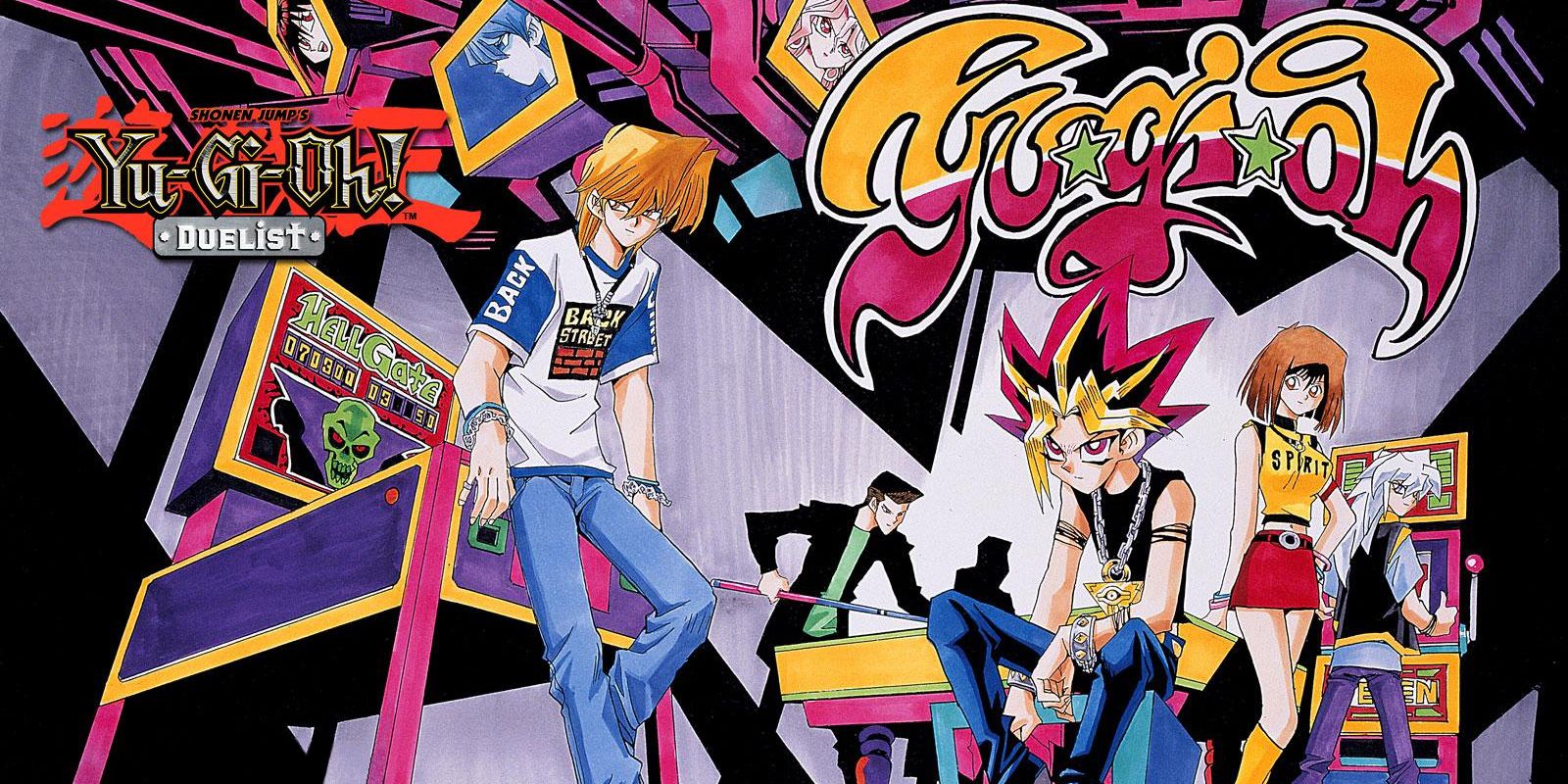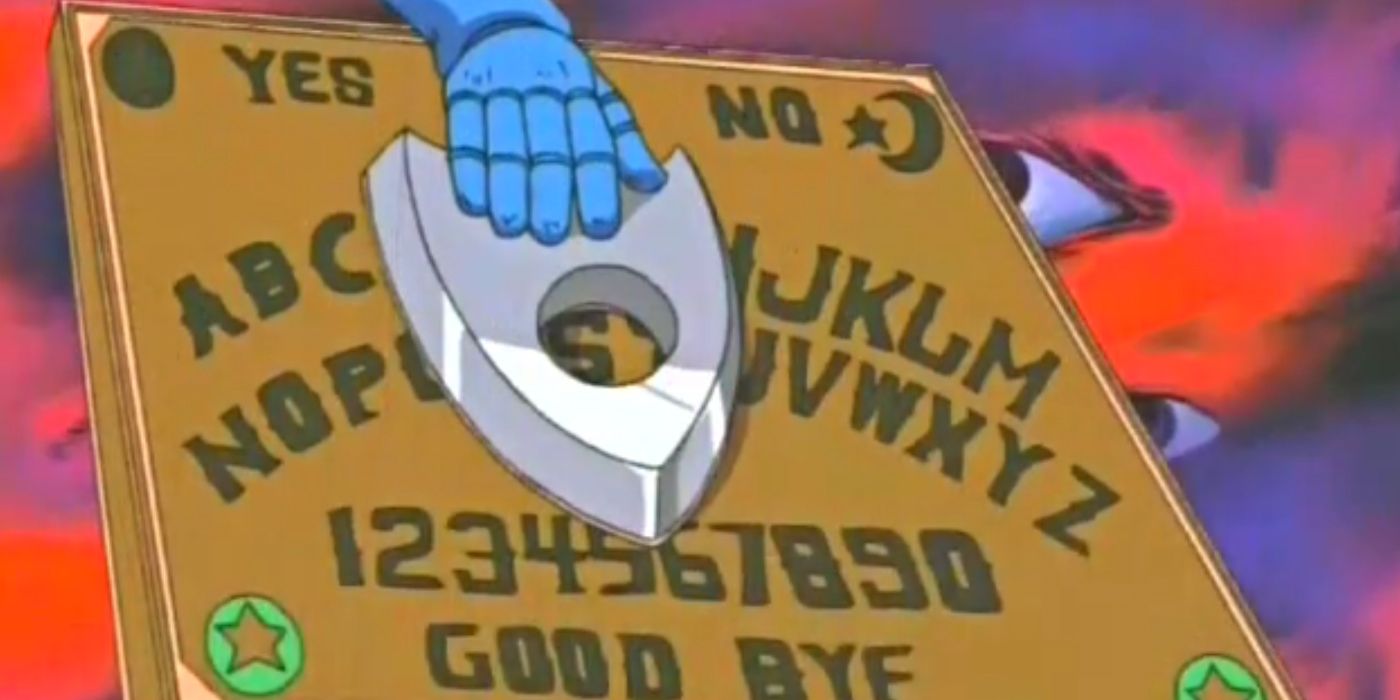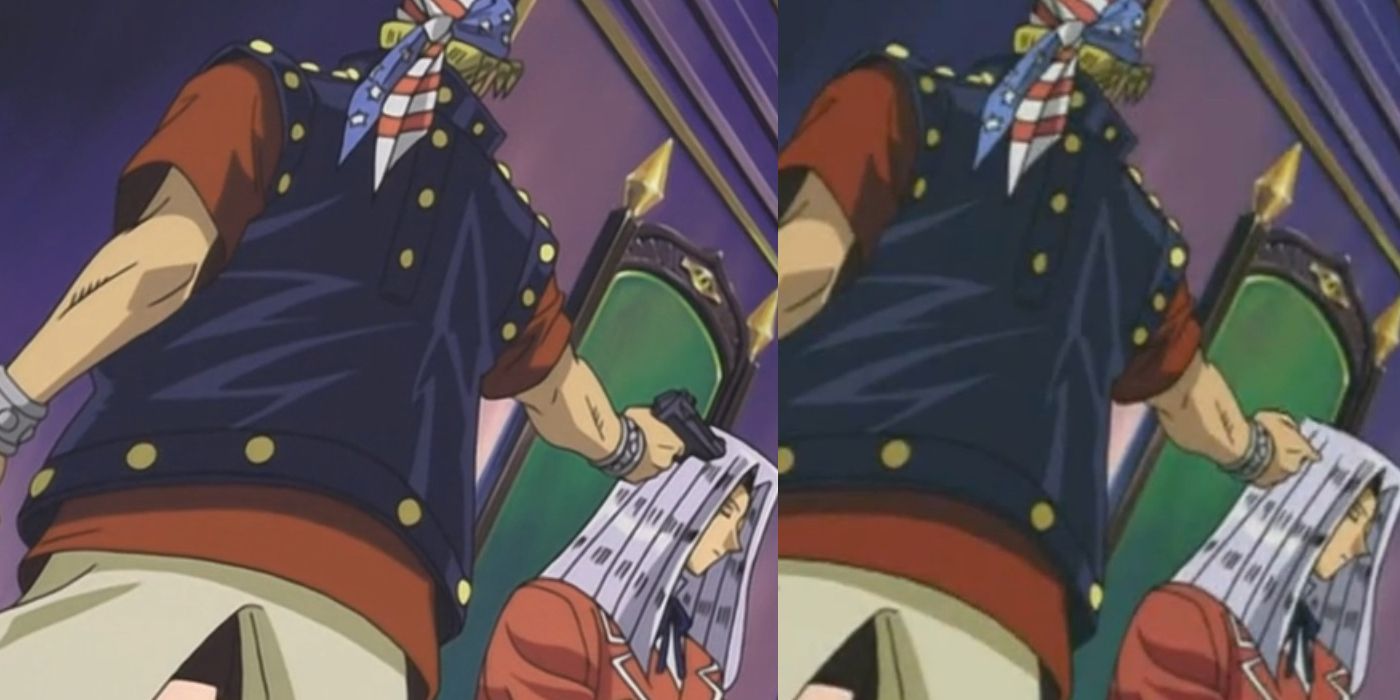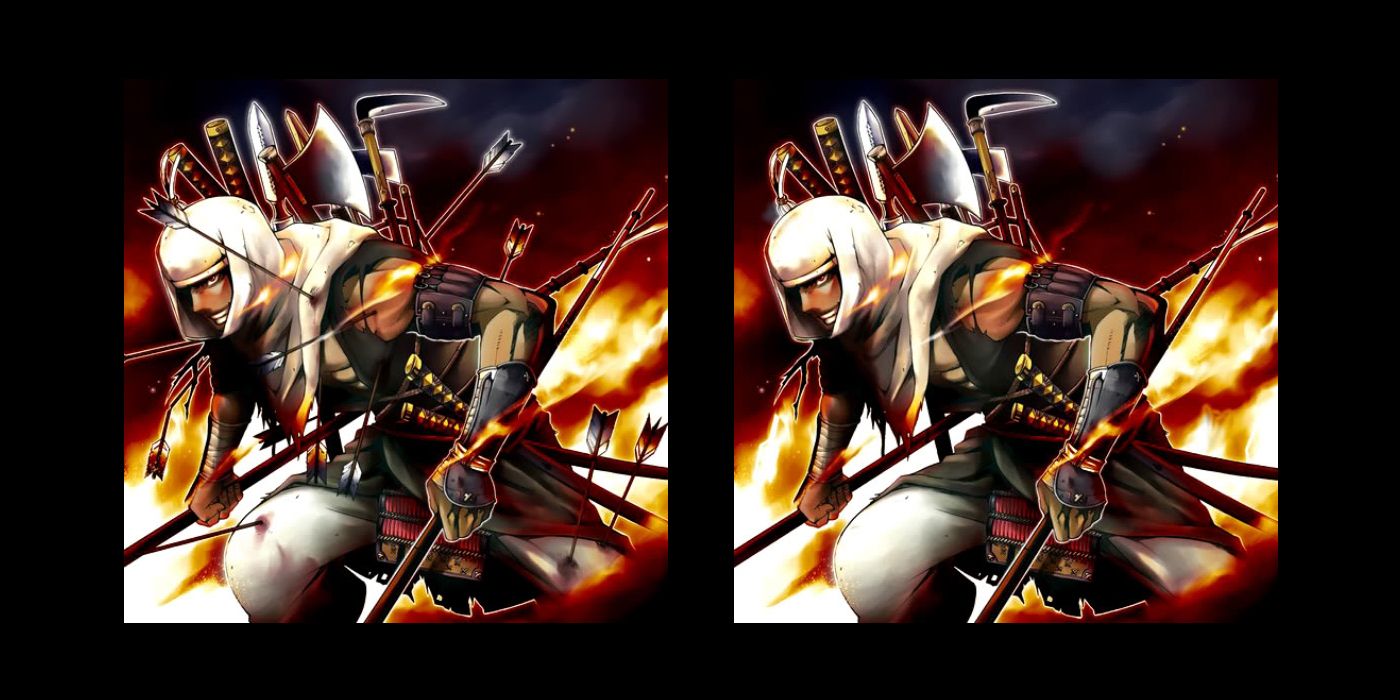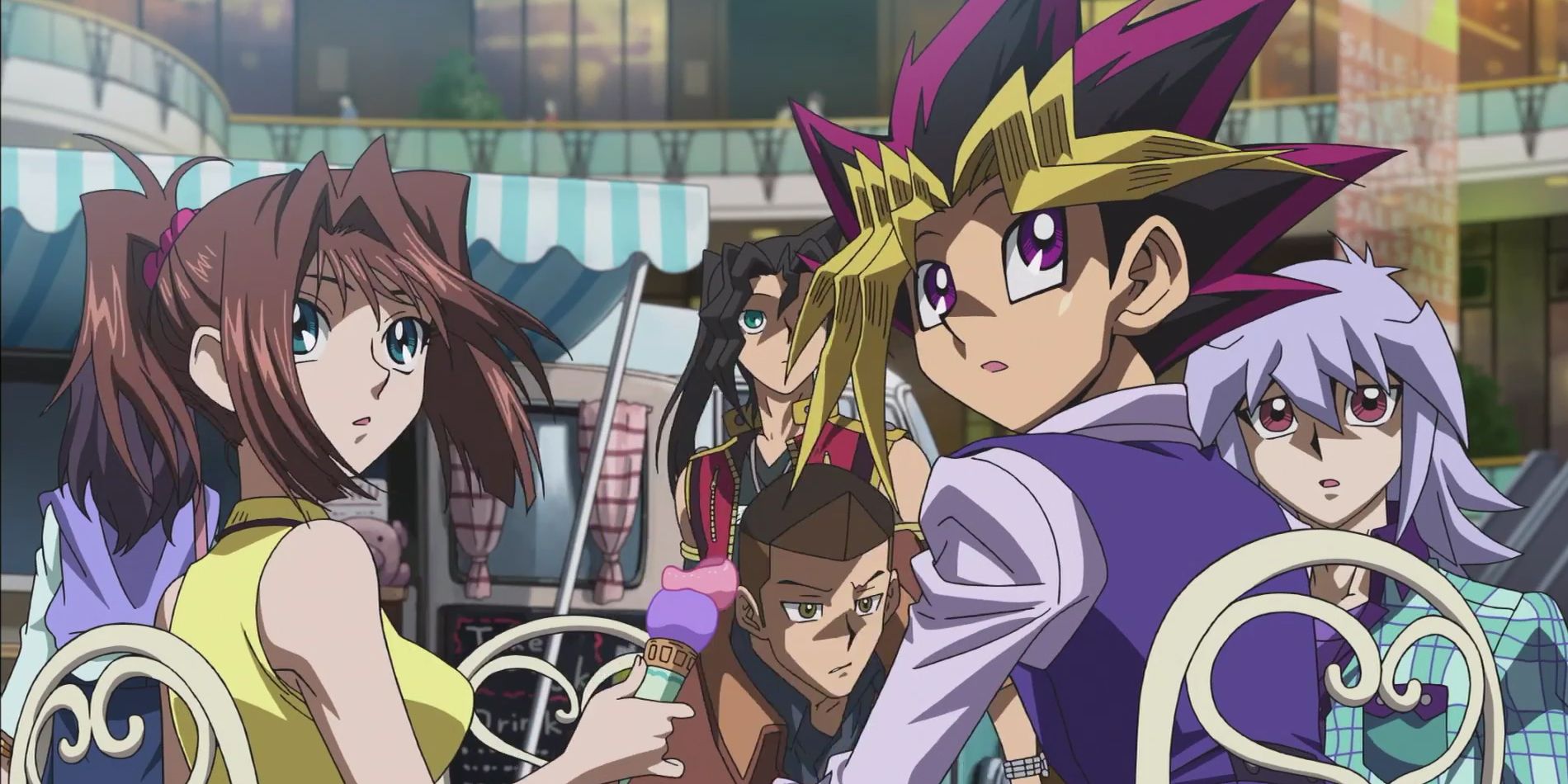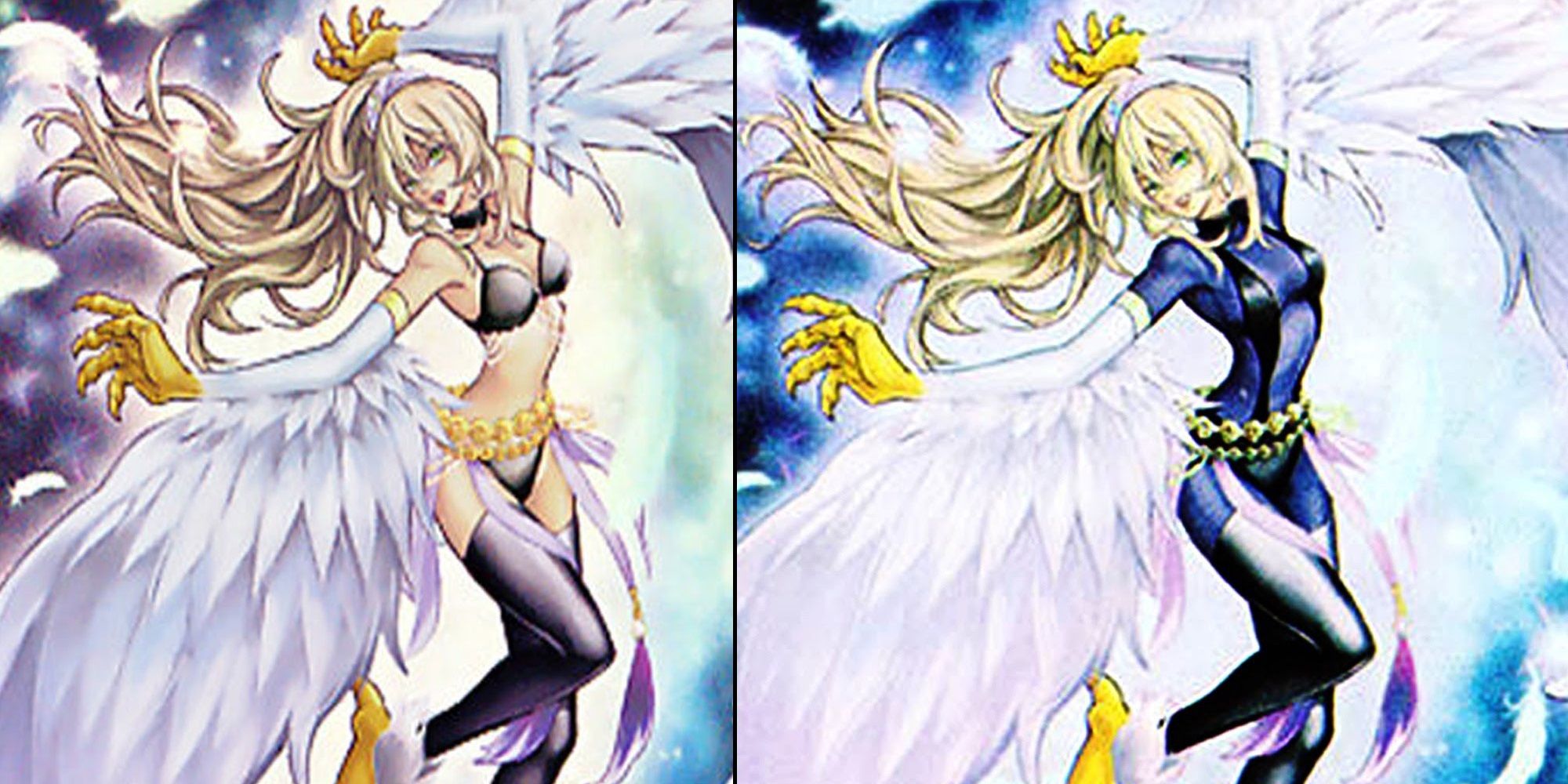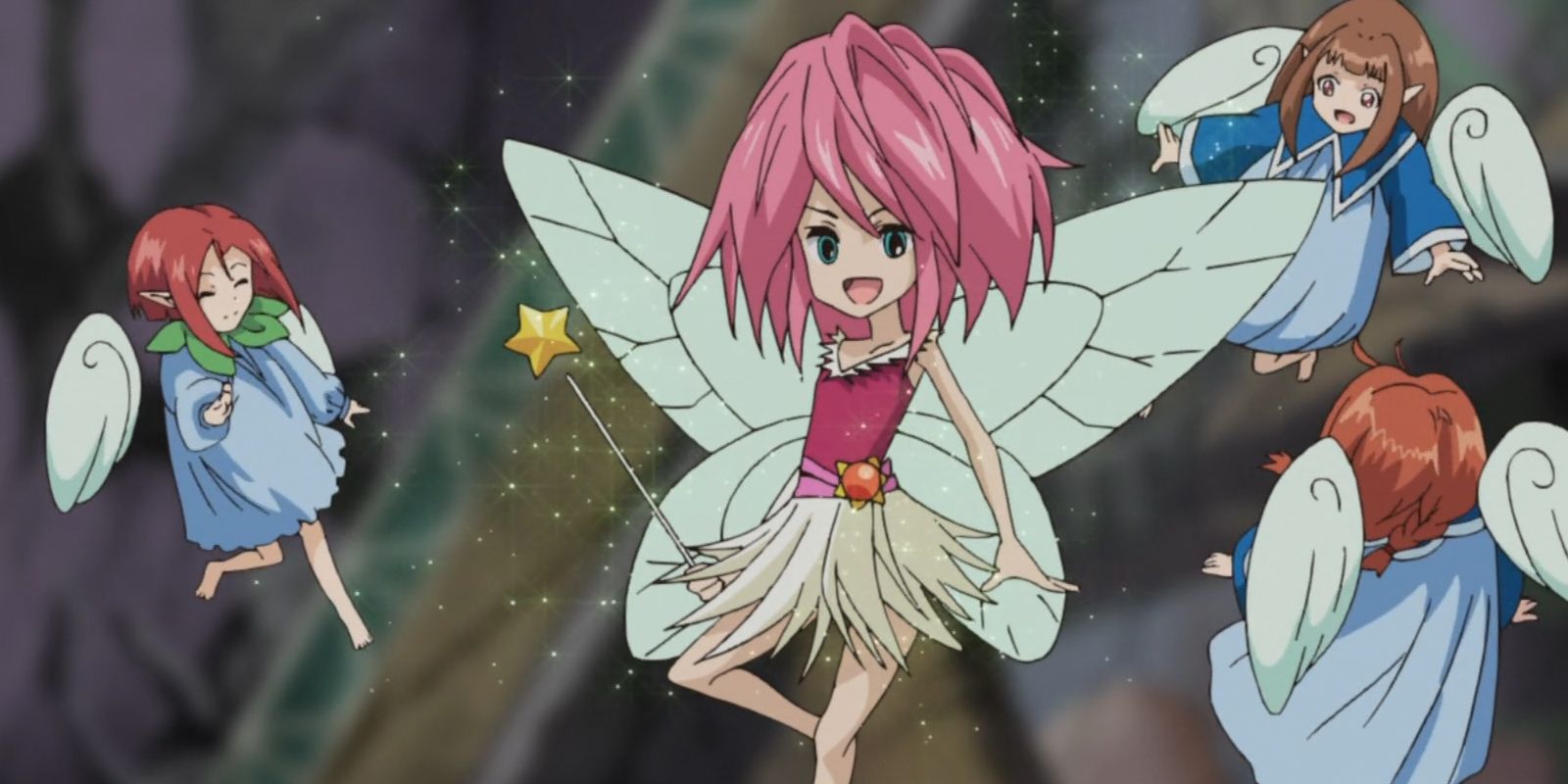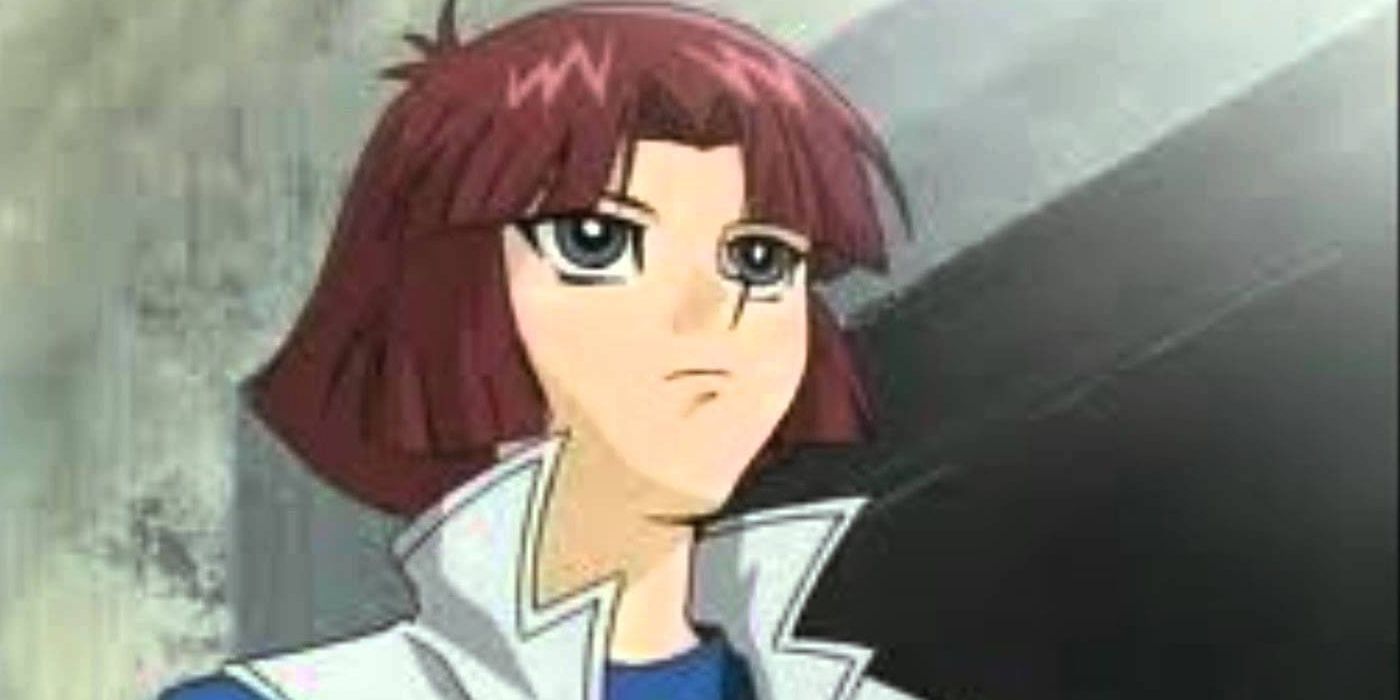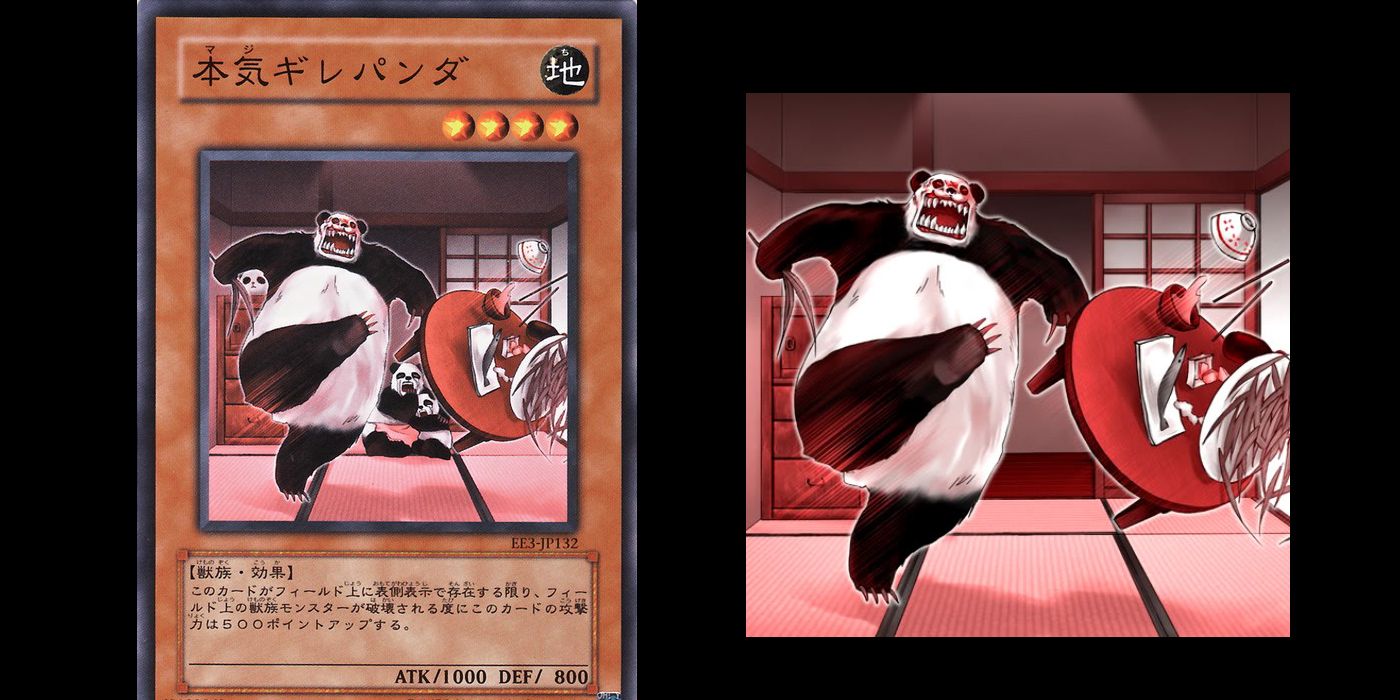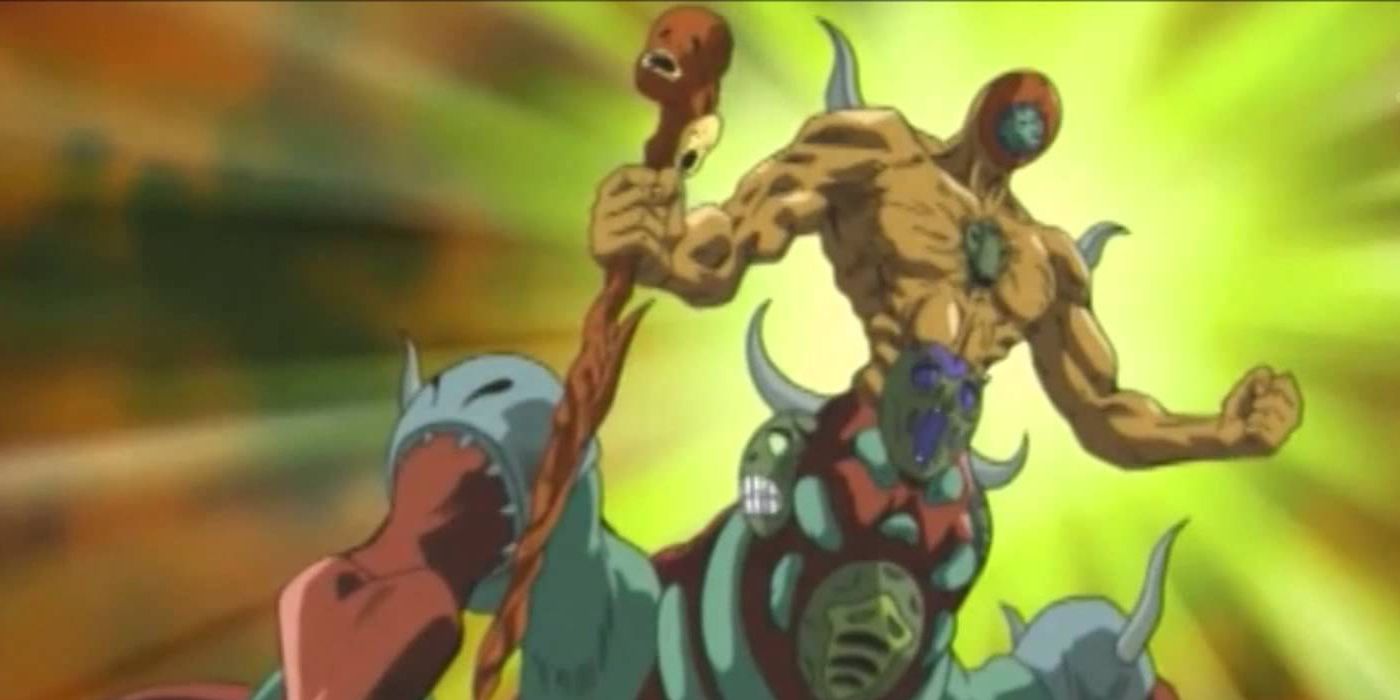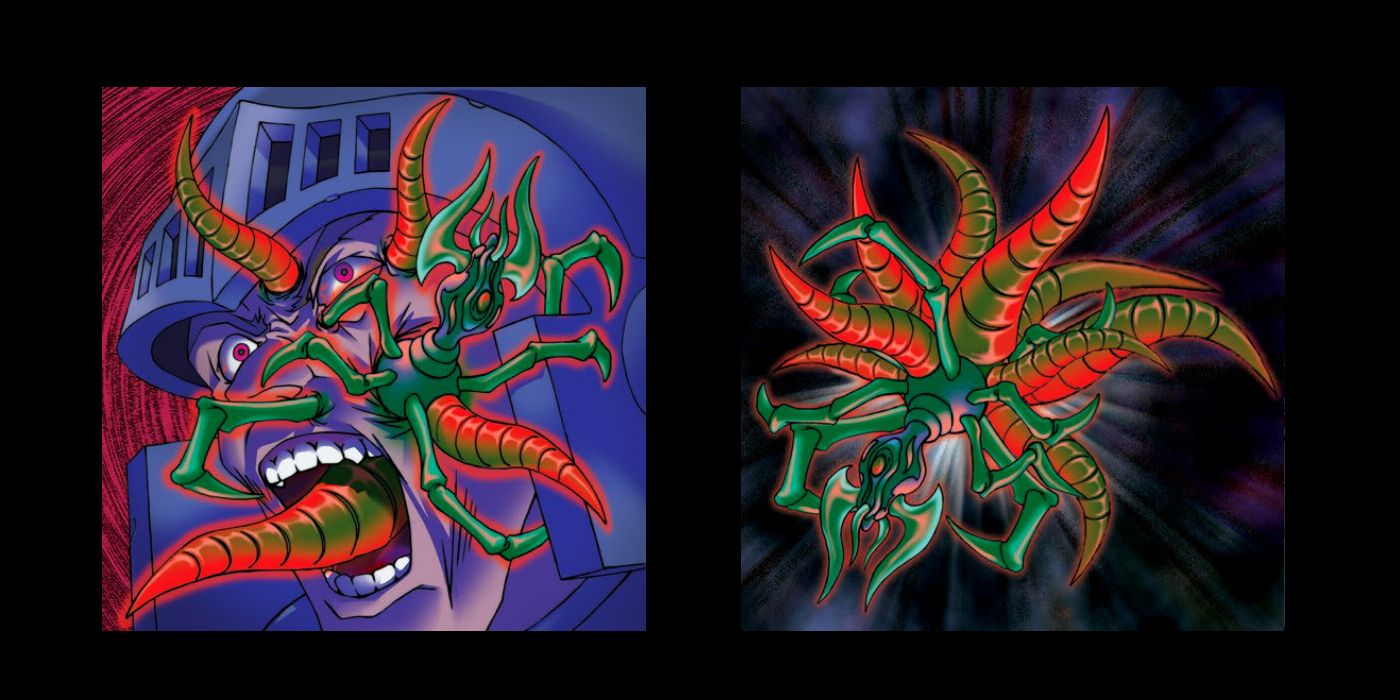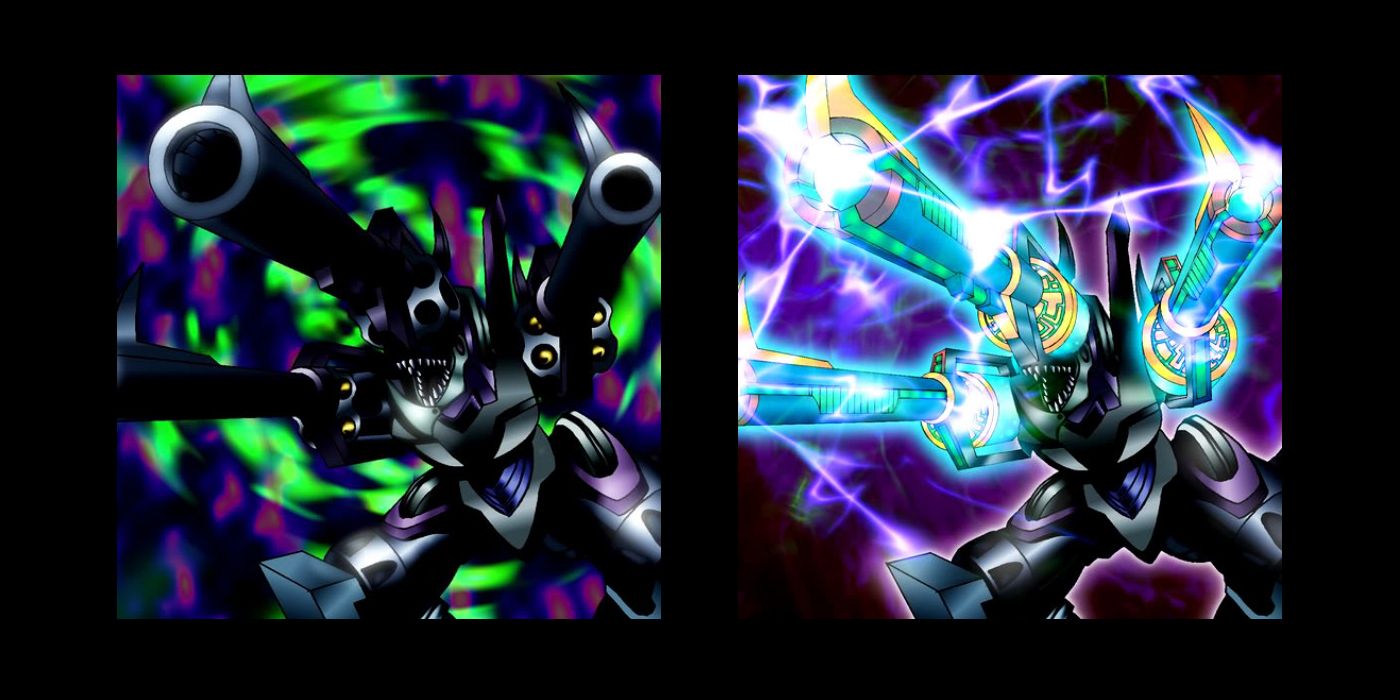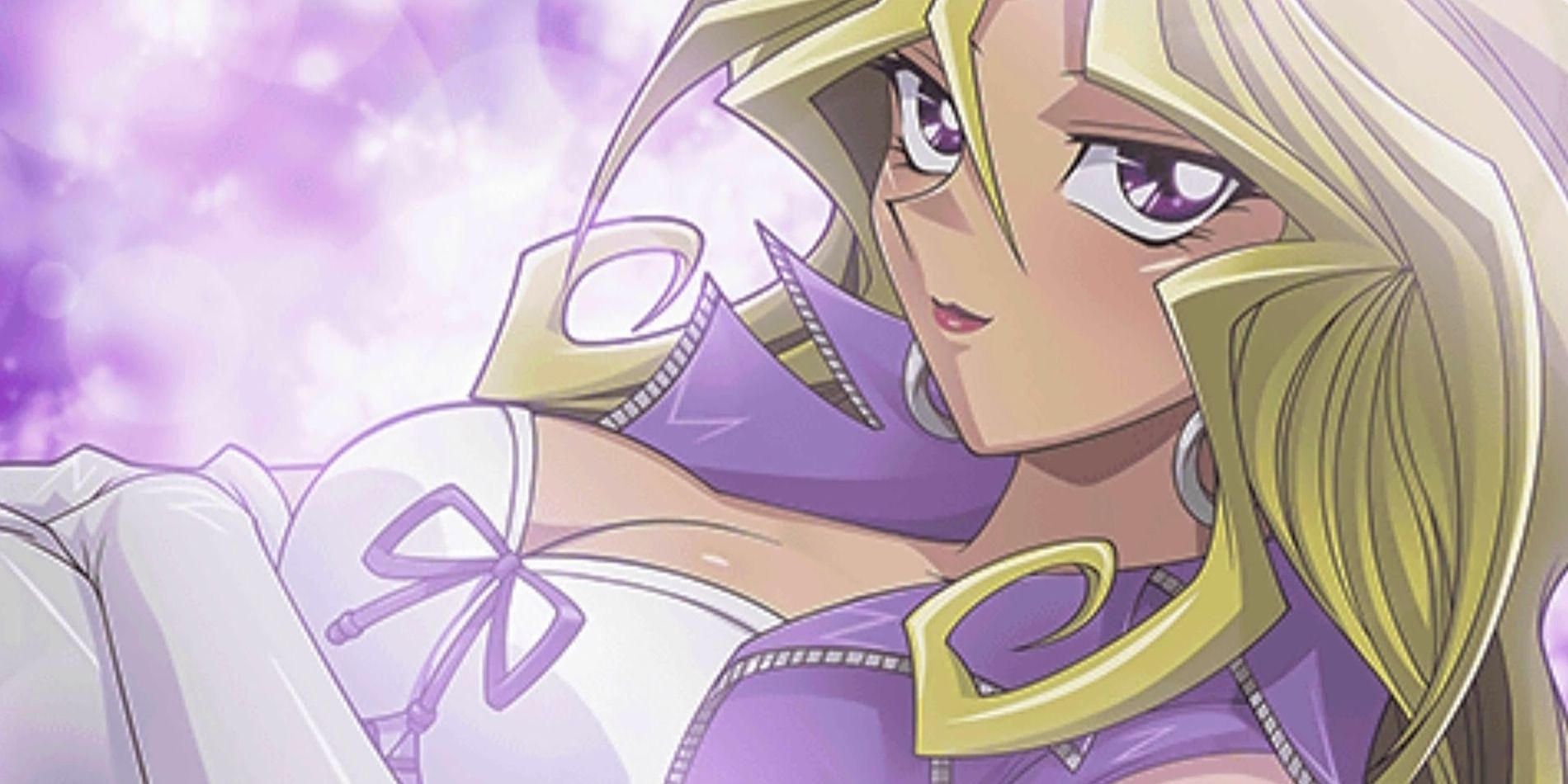4Kids Entertainment has gotten a bad rap for the amount of censorship that they added when they dubbed a show into English. Due to the vast amounts of cultural differences between Japan and America, it is only natural that there would be content that is considered fine for one region but is inappropriate for another. As 4Kids mainly dealt with cartoons that were intended for children, they had to take the scissors to many popular shows. In the case of shows like Pokémon and One Piece, they went way too far.
When 4Kids Entertainment bought the rights to dub Yu-Gi-Oh in 2001, they likely had dollar signs in their eyes. The show was tailor made as a marketing tool for a card game. When they actually got the show, it was found to be filled with violence, realistic firearms, sexualized women, and religious symbols. In order for Yu-Gi-Oh to become broadcast-worthy, 4Kids had to literally censor the hell out of it.
We are here today to look at some of the idiotic, unnecessary and downright hilarious censorships that were imposed upon the Yu-Gi-Oh franchise. From covering up the Dark Magician Girl's assets to Mai's misguided mental torture.
Here are 15 Ways Yu-Gi-Oh! Was Censored In America!
15. Shrinking The Dark Magician Girl's Chest
In the episode of the Yu-Gi-Oh anime, called "The Master of Magicians, Part 3", Yugi summons a new version of his iconic Dark Magician monster into battle. He calls upon the Dark Magician Girl for the first time and uses her power to defeat the vicious Arkana. Dark Magician Girl exists for no other reason that unabashed fan service. Her design is based upon pure sex appeal. She wears a tiny outfit that barely covers her body and has an oddly fetishistic master/student relationship with the Dark Magician.
The Dark Magician Girl is somewhat unique in the Yu-Gi-Oh franchise, as she has been censored in almost every form of media that she has appeared in. This comes in two forms. Firstly, the size of her breasts was reduced, with her visible cleavage being totally erased in some cases. Secondly, the pentagram that appears in the jewel on her outfit is usually changed to look like a ruby (so that it matches the other gems on her clothes). These changes have appeared in the Yu-Gi-Oh card game, video games, and the anime. They have even appeared in the Yu-Gi-Oh manga adaptations, which are usually a lot less strict about censorship.
14. The 4Kids Shadow Realm
The depiction of death can be a tricky thing to work around in a children's show. This isn't something that is restricted to anime, as there can be problems adapting classic literature into a cartoon. In some cases, the death will be toned down as much as possible. In others, it can be totally ignored or changed. One of the most famous examples of this happened in the Ocean dub of Dragon Ball Z, where no one was actually killed. Any time a character died in the original Japanese version of the episode, they were instead sent to "Another Dimension" in the English dub.
When it comes to Yu-Gi-Oh, some of the deaths involved the Pharoah destroying his opponent's minds. In order to show this on the screen, 4Kids came up with the concept of the "Shadow Realm". Instead of dying, a character was either physically or mentally banished to a plane of darkness. This change allowed them to shoddily cover up a lot of the deaths on the show (as we will see later on).
The Shadow Realm is supposed to be a realm of darkness and suffering. Those banished there may be forced to endure an eternity of torture and horror. So... why is that better than dying?
13. The FINAL DEATH
In the episode of the Yu-Gi-Oh anime called "The Dark Spirit Revealed, Part 1", Yugi is duelling against Dark Bakura. As part of his Occult deck, Dark Bakura uses the Destiny Board trap card. The effect of this card allows you to summon another part of the Destiny Board onto the field each turn. Once all five pieces are on the board, you win the duel. In the English dub of the episode, each of the five pieces of the Destiny Board contains a letter. Together, they spell out the word "FINAL".
When the episode was broadcast in Japan, the cards actually spelt out "DEATH" instead. This word was considered too much for the audience, as you can't even use words pertaining to death in a kids show. While changing the artwork for the Yu-Gi-Oh card game was easy enough, the dubbers had to go to considerable expense in order to change the anime. This is because the Destiny Board actually appeared as a Ouija board in the episode, so they had to change the letters that it stopped on.
12. Finger Guns
The depiction of realistic firearms in a cartoon series can stop the show from being broadcast in certain regions. Even The Simpsons was not safe from this, as the episode where Marge become a police officer was heavily censored in the UK for years. When it comes to creating a show from scratch, the creators might change the firearms so that they resemble futuristic weapons (like what the police officers used in the '90s Spider-Man cartoon).
Luckily for the Yu-Gi-Oh anime, there were only a few scenes with guns. The way 4Kids got around showing them was ridiculous, however. Any time a character pointed a gun in Yu-Gi-Oh, it was edited so that it looked like the person was pointing their fingers instead. This happened when Pegasus' cronies came after Kaiba and when Bandit Keith held a gun to Pegasus' head during the Duelist Kingdom tournament. The funny thing is, that latter scene was actually toned down in the Japanese version of the anime as well. In the original Yu-Gi-Oh manga, Pegasus makes Bandit Keith shoot himself in the head, whereas he just activates a trap door and dumps him into the sea in the anime.
11. My Body! The Armour Does Nothing
The Yu-Gi-Oh card game and anime have often had the problem of having to censor out blood. This is usually done by either changing the image completely or making the blood green. Of all the censorships that Yu-Gi-Oh has undergone, violence is probably the one that comes up the most. This is only natural, as the game is about monsters battling each other. As the player, you have to sacrifice other monsters in order to summon high-level creatures to this field. This isn't exactly Pokémon levels of violence.
One of the most violent cards in terms of blood and wounds was "Armed Samurai - Ben Kai". In his original Japanese artwork, Ben Kai is riddled with arrows that are sticking out of his body. We can see pools of blood gathering around each entry point that is seeping through his clothes. He seems to have undergone Boromir levels of enemy fire (which apparently makes him very happy, going on that big grin he has). In the Western release of the card, the arrows and blood were removed.
10. The Creepy Teacher
The early episode of the Yu-Gi-Oh anime, called "Face Off, Part 1", featured a few significant changes in the dub. This was partially due to differences between American and Japanese culture (in terms of the school system). More importantly, it was changed because it featured an incredibly creepy storyline.
During the episode, Téa has a flashback to an incident that happened when all of the characters were still in school. Yugi and his friends discovered that Téa was working at a fast food resteraunt and had got the job by lying about her age. The reason she started working was because she needed the money for dance lessons. She finds a note in her locker that says there was a dance studio in a local warehouse. When Téa arrives there, she is accosted by a mugger, Luckily, she is saved by Yugi (who gives him one of the few well-deserved Mind Crushes of the series).
The events of the original Japanese episode need a little explanation. In Japan, high school students are generally not allowed to take part time jobs (except in extreme circumstances, like filling in for an injured family member). This is because they are supposed to be concentrating on their studies. In the episode, Téa had taken a job without receiving permission from her school. The note she finds in her locker is actually a photo of her working at the resteraunt, which was intended to blackmail her into coming to the gymnasium after school. The mugger was actually a pervert, who lured Téa to the gym so that he could film her with his camcorder. He was still Mind Crushed by Yugi for being an asshole.
9. Covering Up The Harpie
The deck of Yu-Gi-Oh cards that needed the most censoring belonged to Mai Valentine. She mainly used Harpie creatures, who were based on the Harpys of mythology. They each resembled a beautiful woman with avian characteristics. The two major issues with the Harpies involved how revealing their outfits were, as well as the fact that their armour often contained spikes in place of nipples.
Almost all of the Harpie monsters wore outfits that consisted of thin black strips of cloth, that just barely cover their modesty. When these cards were localised, they were usually given clothes that completely covered their bodies. This must have been one of the most diffcult things to edit in the Yu-Gi-Oh anime, as all of the Harpies needed to have clothes painted onto their bodies. They also needed the nipple spikes on their armour removed. Luckily for 4Kids, Mai Valentine didn't show up that often.
8. The Dark Energy Disks
During the Battle City story arc, the main cast had to deal with Marik's team of Rare Hunters. These were a group of mentally unhinged duelists, who sought out rare cards to steal from their opponents. One of these was Arkana, a former stage magician who was badly scarred in an accident involving one of his tricks. He entered the Battle City tournament on the promise that Marik could heal his face, should he defeat Yugi Moto in a duel.
The episodes involving Arkana were always going to be a problem to dub, due to how violent the concept of his duel was. When Yugi battles Arkana, both of them have their legs attached to clamps. In the original Japanese version of the episode, two circular saws are part of the duel arena. They each represent the life points of the duelist that they are assigned to. The player who loses will have his legs cut off by a saw (this never happened in the show, as Yugi saved Arkana before he could be harmed).
When these episodes were dubbed, a lot of edits had to be made. The circular saws were now changed into "Dark Energy Disks". As soon as they came into contact with the loser of the duel, then that person's soul will be banished to the Shadow Realm. They were described as being made purely from evil magic and not metal. The Dark Energy Disks wouldn't saw your legs off, they would just banish your soul to eternal torment.
7. Changing Angels To Fairies
While censoring things like violence, nudity and guns might seem like a no-brainer, the Yu-Gi-Oh franchise has often had to deal with changing religious symbolism as well. This used to come up a lot in the early days of the franchise when it dealt with ancient Egyptian iconography. One of the biggest offenders was the appearance of pentagrams (like in the Exodia cards, or on the Dark Magician Girl's amulet). This also included crucifixes (which were usually changed into a different shape).
One of the monster types in Yu-Gi-Oh had to undergo major changes in order to appear in the English language version of the game. In the Japanese version of Yu-Gi-Oh, there existed a set of monsters based on Angels. These looked like the Western idea of the term (winged people wearing robes that have a halo over their head). These were changed into Fairy-type monsters in the West. All of them needed to have the halos removed from their artwork. Some of the Angel-type support cards that resembled Heaven were now called "Sanctuary" instead.
6. The Fate Of Alister's Brother
The Yu-Gi-Oh anime had a significant amount of filler, as the manga that it was based on was still running when the show was broadcast. Filler episodes in anime are ones created entirely by the TV show staff that are used to fill the gaps between the stories from the source material. They generally aren't well-received, due to the fact that they cannot have any lasting effect on the story.
Unlike a lot of anime series, filler episodes were actually to Yu-Gi-Oh's benefit. As the show was essentially a big commercial for the card game, the filler allowed for new cards to be showcased without having to clumsily introduce them as part of the original plot.
One of the biggest filler arcs was "Waking the Dragons". One of the villains of this storyline was Alister, a man who held a grudge against Seto Kaiba. In the original Japanese Yu-Gi-Oh anime, Alister lived in a war-torn country, where both sides were receiving weapons made by KaibaCorp. Alister's brother was killed when a tank blew up. In the English version of the show, Alister's brother was only captured and might actually still be alive somewhere.
5. Panda Abuse
One of the most unusual edits to a Yu-Gi-Oh card involved the issue of domestic abuse. This is something that doesn't come up as often in cases of censorship, but it's not totally unheard of. EarthBound for the Super Nintendo changed the sound effect for when Pokey is dragged into the other room by his father. It was originally supposed to sound like he was being beaten in the Japanese version of the game. In the English language port, the sound was changed to make it seem more like yelling.
The Yu-Gi-Oh card "Maji-Gire Panda" originally depicted an angry Panda trashing his home, while his wife and child cowered in the corner. The effect of this card involves increasing the Panda's attack by 500 for every Beast-type monster that is destroyed. This is presumably why the Panda is angry, as he has just discovered that one of his monster friends just got whacked and he is having a Tony Soprano style meltdown. The people at Konami felt that that the cowering family was a bit much, so they were edited out of the Western release of the card. Now it just seems like the Panda is trashing his hotel room in a drugged up, Keith Moon kind of way.
4. Falling For Umbra & Lumis
As silly as the concept of the Shadow Realm may be, it helped 4Kids out of a lot of situations. The Yu-Gi-Oh anime took itself far too seriously at times. Like the Arkana duel mentioned above, some of the card games involved threats of dismemberment. Yugi would have no problem destroying his opponent's mind if they lost a duel (if they were a dick about it). At one point, Kaiba threatened to jump off a cliff if he lost a match (which was heavily toned down in the dub). Basically, card games are matter of life and death in Yu-Gi-Oh.
In the episode of the anime, called "Double Duel, Part 1", Yugi and Kaiba are forced to work together against a pair of opponents. They had to face the Rare Hunter duo known as Umbra and Lumis, on top of a tall building. The duel takes place on a segmented glass roof. When a player's life points hit zero, then the glass will shatter beneath them and they will fall into a portal to the Shadow Realm.
The original Japanese version of this episode was a tad more graphic. There were no portals to the Shadow Realm to catch the losing player. Instead, they simply fell to their death.
3. Facing The Parasite
The "Parasite Paracide" card has one of the most disturbing designs in all of Yu-Gi-Oh.
One of the first duelists ever shown in the anime was Weevil Underwood. He used a deck based around Insect-type monsters. He was quickly dispatched by Yugi Moto at the beginning of the Duelist Kingdom tournament but returned with a vengeance for Battle City. This time, he faced Joey Wheeler and used a selection of powerful insects that used body horror as a weapon.
During his duel against Joey, Weevil used the "Parasite Paracide" card. In its original Japanese artwork, the card depicted an insect that was literally bursting out of a man's face. The effect of the card allowed it to be placed on the opponent's side of the field, where it transformed all of his monsters into insects. This was shown in the anime/manga with Joey's monsters having tendrils coming out of their body. A lot of these scenes were removed for the English dub of the show.
2. The Nerf Dragon
Censoring the realistic depiction of firearms is not something that is limited to just guns. There have been several Yu-Gi-Oh cards that have contained weapons that needed to be censored. This extended to bombs and explosives, as even cards that showed dynamite that looked like it came out of a Warner Bros. cartoon would still need to have its fuse removed.
When it comes to guns, the way they are usually censored is by making them less realistic. This is often done by making them resemble futuristic laser weapons. One of the earliest (and most poorly done) examples of this happened with the Barrel Dragon. This was one of Bandit Keith's monsters that he used as part of his Machine deck. It resembled a robotic dinosaur with three giant revolvers on its back and arms. When the Barrel Dragon showed up in the English version of the anime & card game, the guns were changed drastically. They now looked like Nerf guns that had been painted in a way so that they could be taken to a rave.
1. Where Is Mai Mind?
One of the most problematic characters for the dub was Marik Ishtar. When he finally started duelling during the Battle City arc, it was revealed that his deck was made up of monsters that were based around the concept of torture. This wouldn't be much of an issue if they were just playing a regular version of the Yu-Gi-Oh card game. Marik, however, can turn any match into a Shadow Duel with the power of his Millennium Item. A Shadow Duel forces the players to endure the suffering of their monsters. This is especially difficult for players who do not possess supernatural abilities that can help them maintain their sanity under such extreme circumstances.
When Marik battles Mai Valentine during the final part of the Battle City tournament, he turns their match into a Shadow Duel. In the original version of the show, Mai was shown being tortured by the effects of Marik's monsters. Once she loses the duel, Mai's mind is trapped within an hourglass. Marik tells her that once the sand runs out, she will die.
In the English dub of these episodes. The Shadow Duel affects Mai's memories. The torture scenes are replaced with Mai seemingly forgetting who everyone is. When she is trapped within the hourglass, she is told that she will lose her memories once the time runs out. In this case, 4Kids may have done the right thing. The original scenes of Mai's torture were especially brutal. While a lot of the censorships made to Yu-Gi-Oh may seem frivolous, they were necessary for getting the show on the air in the first place.
---

